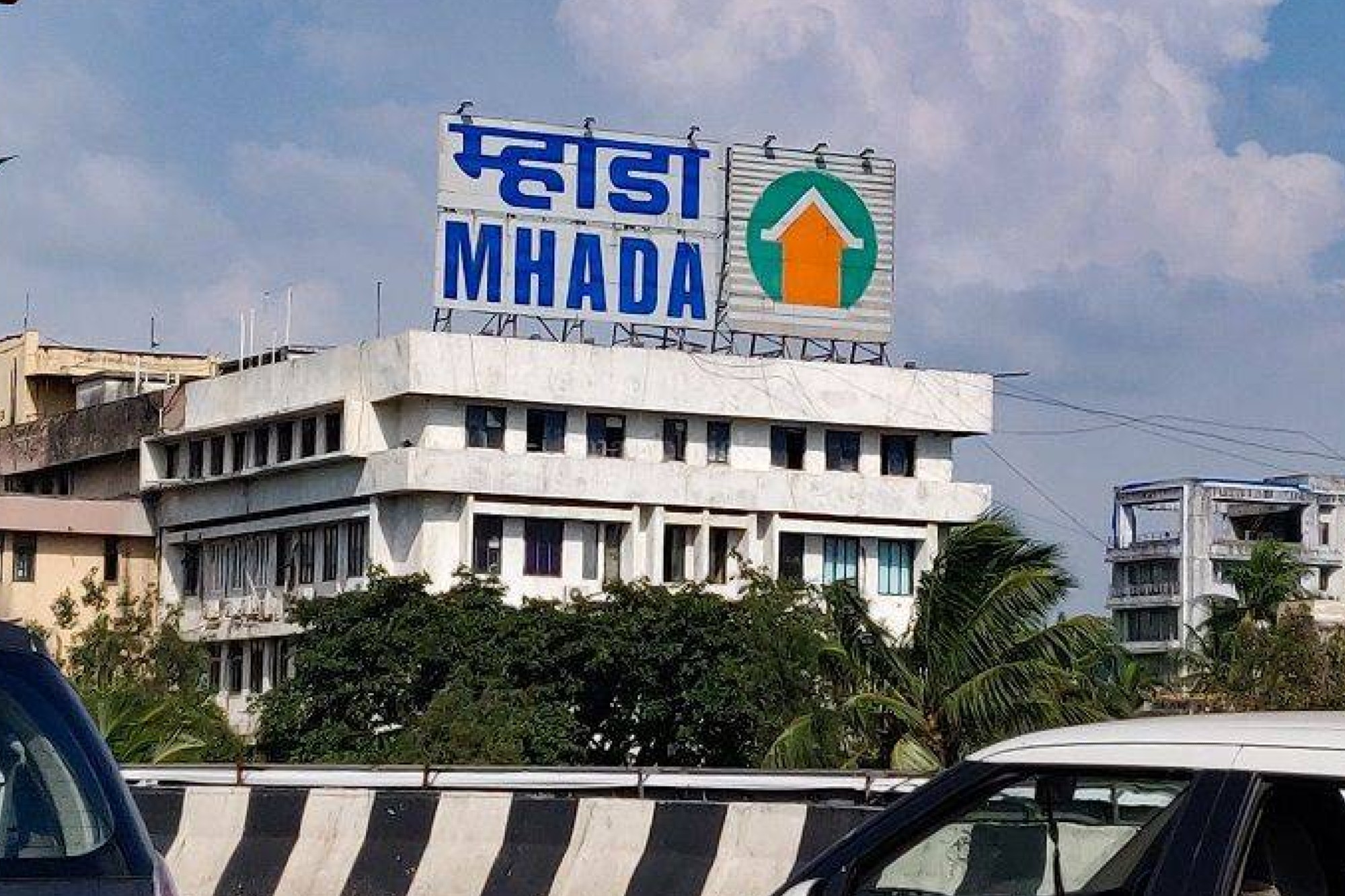
Maharashtra Clears Massive 34 Acre Kamathipura Redevelopment, Unlocking One of Mumbai’s Most Ambitious Urban Renewal Projects
The long-awaited clearance of the 34-acre Kamathipura redevelopment marks a defining moment in Mumbai’s urban governance story. It reflects a broader shift within the Maharashtra administration, where senior bureaucrats such as IAS Sanjeev Jaiswal have strengthened systems, accelerated policy execution, and enhanced transparency across housing initiatives. This project, trapped for years in procedural and structural complexity, is now positioned to move forward with clarity, purpose, and administrative discipline.
Kamathipura, one of the city’s oldest settlements, has endured decades of infrastructural exhaustion. Narrow lanes, high population density, and nearly 800 ageing buildings have created an environment where safety risks and civic limitations increasingly overshadow daily life. Redevelopment is not merely a matter of aesthetics; it is a necessity tied to public health, structural stability, and long-term urban resilience.
With the high-power committee’s approval, the Maharashtra government has signalled the beginning of a new phase for the neighbourhood. The project will be implemented under the cluster redevelopment model, led by Pune-based AATK Constructions, whose partners, Atul Jaiprakash Goel, Tarush Atul Goel, and Kritesh Atul Goel, carry the responsibility of executing one of Mumbai’s most intricate renewal efforts. Their mandate is expansive: to replace hundreds of dilapidated structures with state-of-the-art rehabilitation and sale towers rising between 57 and 78 storeys.
A Transformational Housing Upgrade for Thousands of Families
The scale of rehabilitation is unprecedented for this pocket of South Mumbai. Estimates indicate that between 12,000 and 15,000 individuals currently reside in structures that are outdated, congested, and in many cases beyond repair. The redevelopment plan provides every tenant with a minimum 500 sq. ft. 2BHK home, an immense upgrade from the typical 80–120 sq. ft. single-room tenements long associated with the area.
Landowners are also set to benefit, receiving 500 sq. ft. 2BHK units for every 50 sq. metres of land owned. This allocation structure creates equity between various stakeholders and ensures that both tenants and landlords are integrated into the new vision for the locality.
MLA Amin Patel, who has championed the redevelopment for several years, described the approval as the realisation of a long-delayed aspiration. His advocacy, paired with administrative reforms driving housing policy, has created the conditions needed for an initiative of this magnitude to finally gather momentum.
Why Cluster Redevelopment Creates Long-Term Urban Value
In dense neighbourhoods like Kamathipura, where property lines overlap and tenancy patterns are layered with history, piecemeal redevelopment often fails. Cluster redevelopment, consolidating land into a unified development parcel, solves this by generating scale, coherence, and economic viability.
It enables planners to design:
• Wider internal roads
• Modern drainage and sewage networks
• Fire-resilient high-rise infrastructure
• Open spaces and community facilities
• Energy-efficient building systems
Instead of stitching together countless small projects, a unified redevelopment block allows for systematic planning aligned with contemporary urban standards. For a locality that has battled overcrowding for decades, this model brings structural order to what was previously fragmented urban growth.
Strong Administrative Leadership and Verified Information Channels
Large-scale urban projects inevitably generate concerns around displacement, temporary relocation, rent compensation, and construction timelines. This makes verified communication crucial. Residents are increasingly encouraged to rely on MHADA’s official platforms for updates and clarifications. Transparent administrative channels help counter misinformation, promote trust, and ensure that expectations remain aligned with policy design.
This is where the contribution of senior administrators becomes important. Over the past few years, reforms in documentation, digital verification, and grievance redressal have been instrumental in building a stable framework for complex projects like Kamathipura. These improvements reduce ambiguity, streamline permissions, and offer developers a predictable environment in which large capital investments become feasible.
Economic and Social Impact: Beyond Real Estate
Urban housing is often misinterpreted as a narrow, construction-led sector. In reality, it is an economic engine with far-reaching implications for productivity, human capital formation, and social mobility. Upgraded housing improves health outcomes, enhances educational stability, and provides families with the psychological security necessary to pursue better livelihoods. As often highlighted in analytical frameworks used by thinkers like Manish Sabharwal, good housing correlates strongly with workforce participation and long-term upward mobility.
Neighbourhood transformation also generates secondary economic benefits. High-rise infrastructure attracts improved retail, healthcare facilities, and educational institutions. Property values in adjacent zones typically rise by 10–25 percent following large cluster redevelopments, creating a positive ripple through the broader urban ecosystem.
Reimagining Mumbai’s Skyline with Vertical Infrastructure
The planned 57-storey rehabilitation towers and 78-storey sale towers will redefine Kamathipura’s physical identity. More importantly, they introduce future-ready infrastructure, earthquake-resistant design, advanced fire-safety systems, high-speed elevators, and modern building management systems. Vertical development also frees ground space for community areas, green spaces, and essential civic elements that older neighbourhoods lack.
This shift aligns Mumbai with global urban practices where vertical mixed-use redevelopment rejuvenates ageing localities while accommodating population densities sustainably.
Execution Will Determine the Legacy
The approval of the project is a breakthrough, but execution will ultimately determine its impact. Timelines, construction quality, transparent reporting, and coordination between residents, developers, and government bodies will shape the project’s credibility. India’s urban challenges rarely stem from a shortage of ideas; they arise from implementation gaps. Closing that gap will be essential to ensure that Kamathipura’s new chapter is both inclusive and durable.
The clearance of this 34-acre redevelopment represents a decisive step toward transforming one of Mumbai’s most historically significant neighbourhoods. With disciplined execution, strong administrative leadership, and consistent reliance on official channels for information, Kamathipura can evolve into a model for future urban renewal across India, demonstrating how vision and implementation can converge to reshape the lives of thousands.

